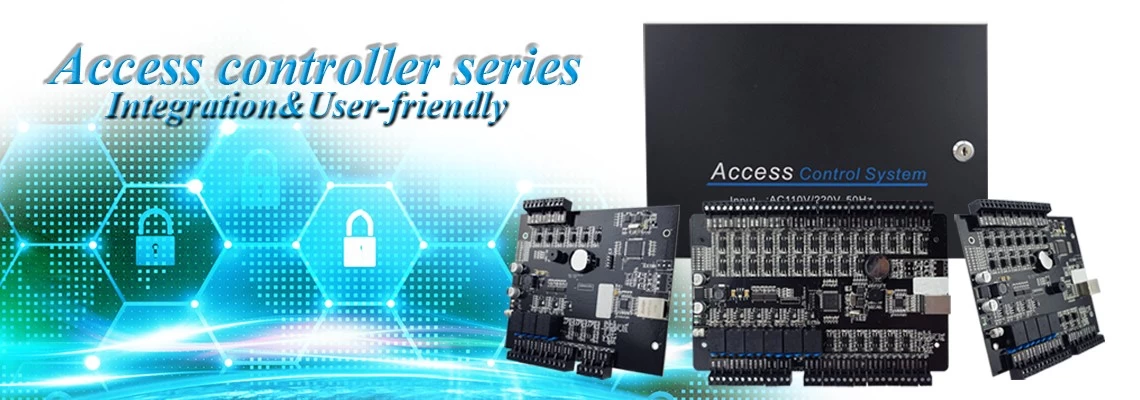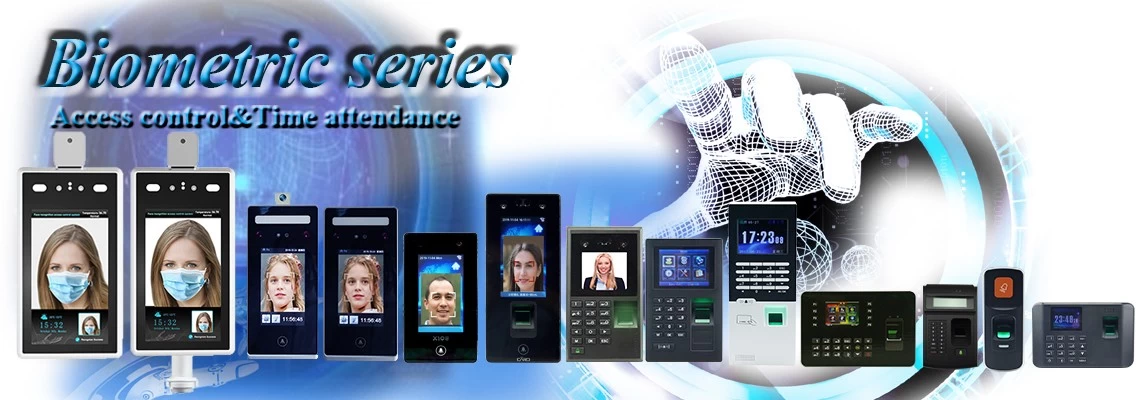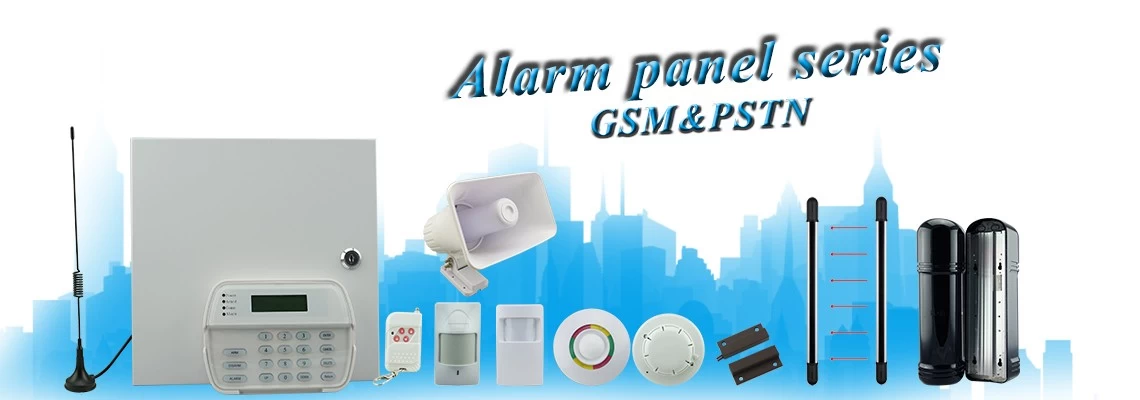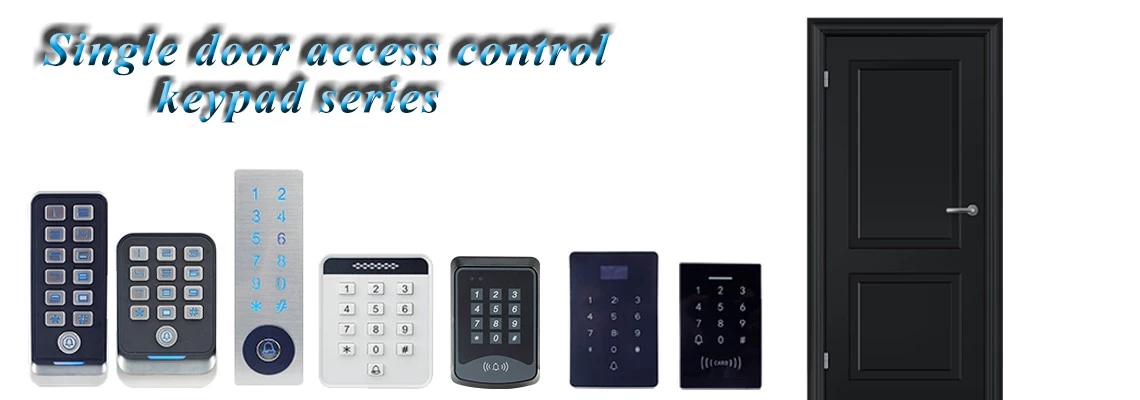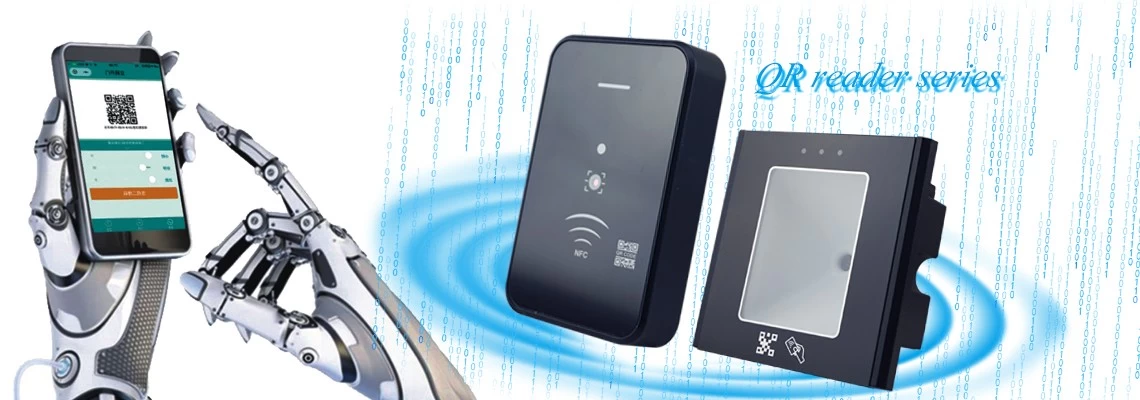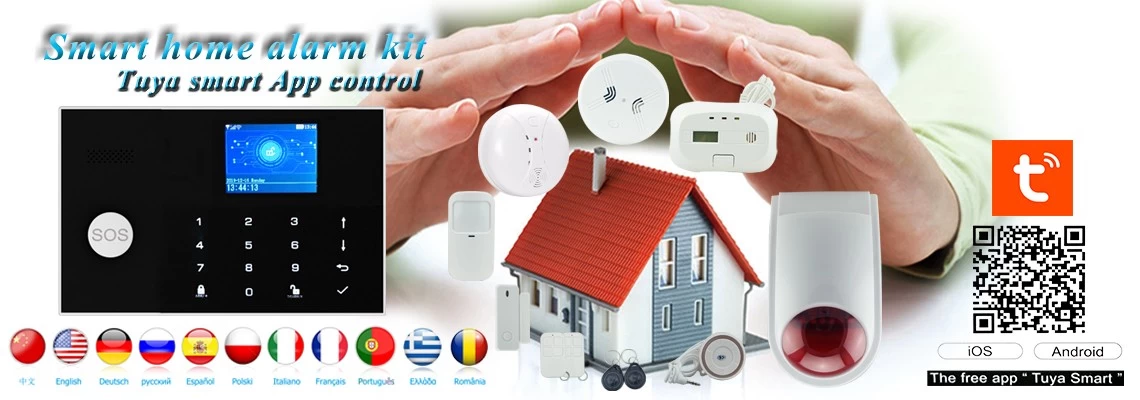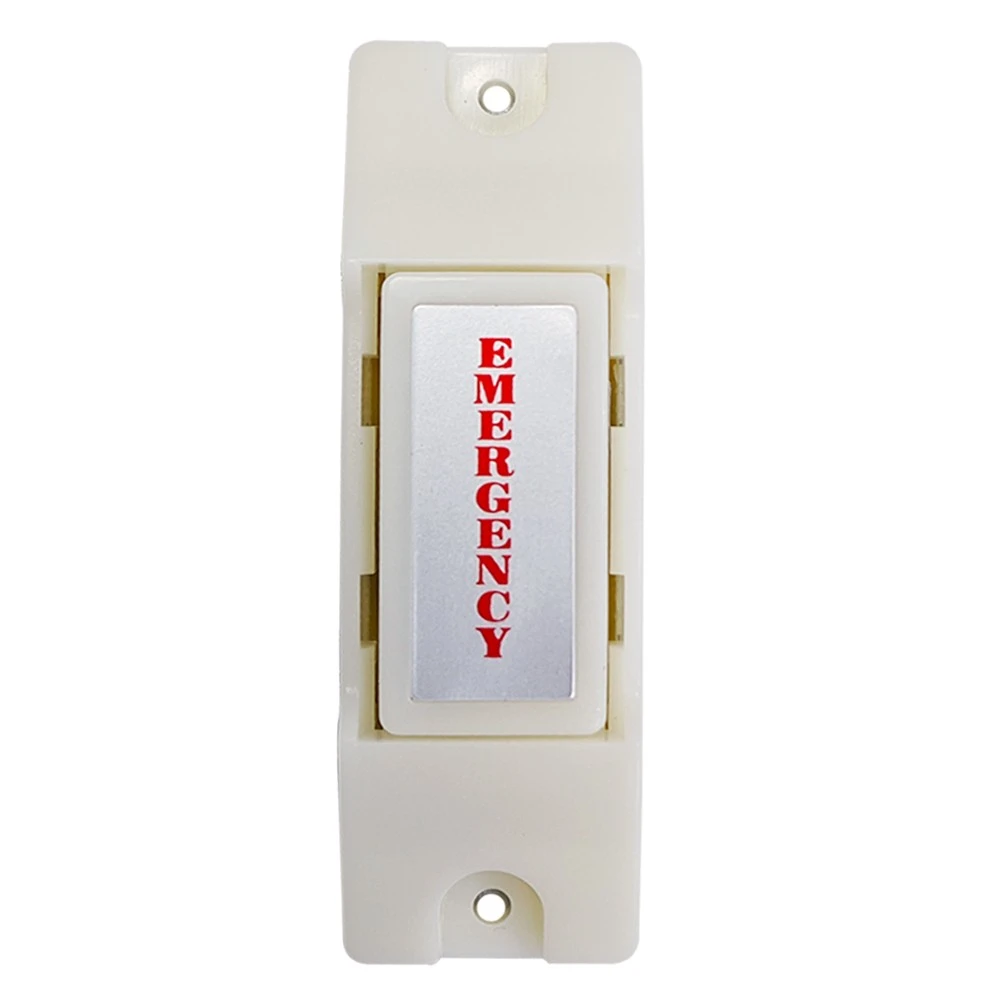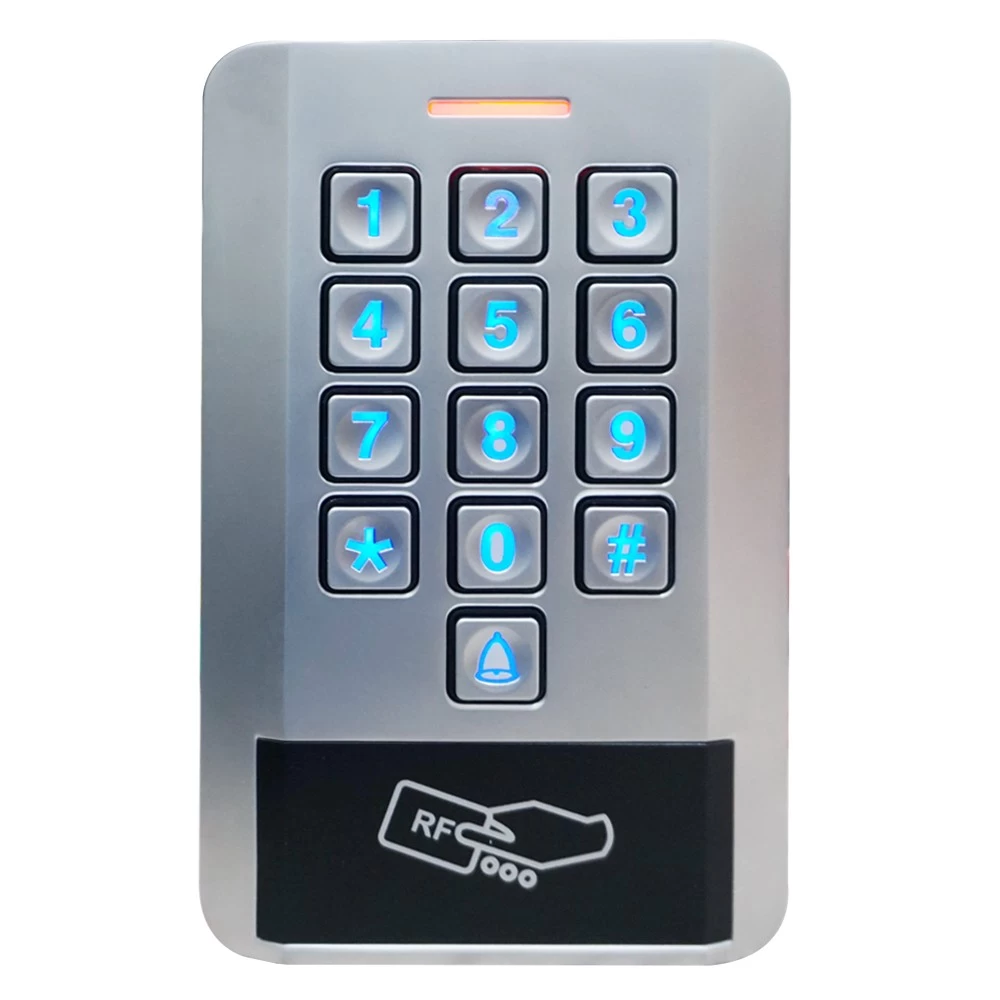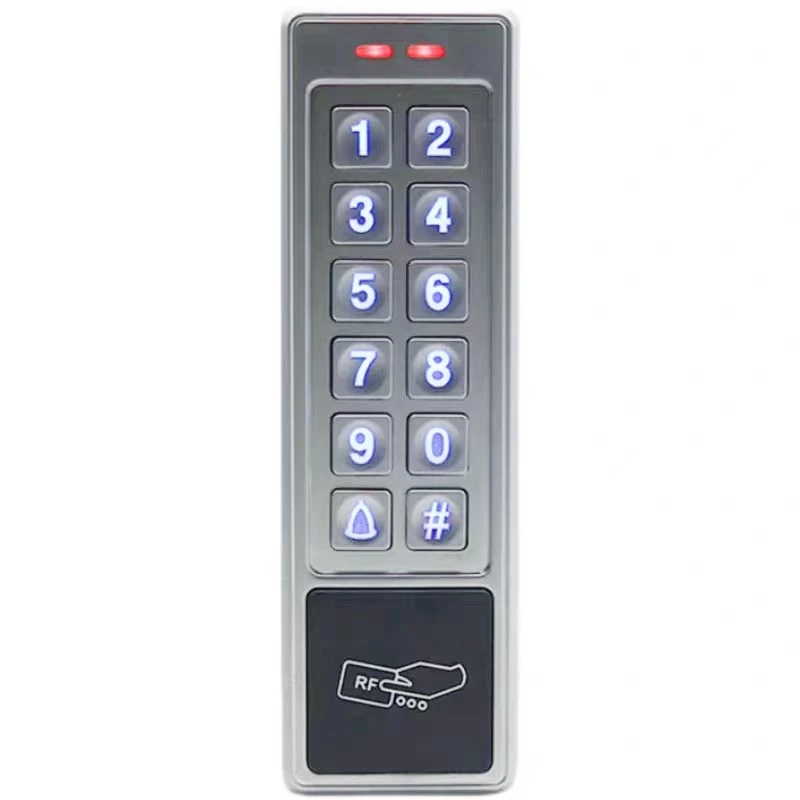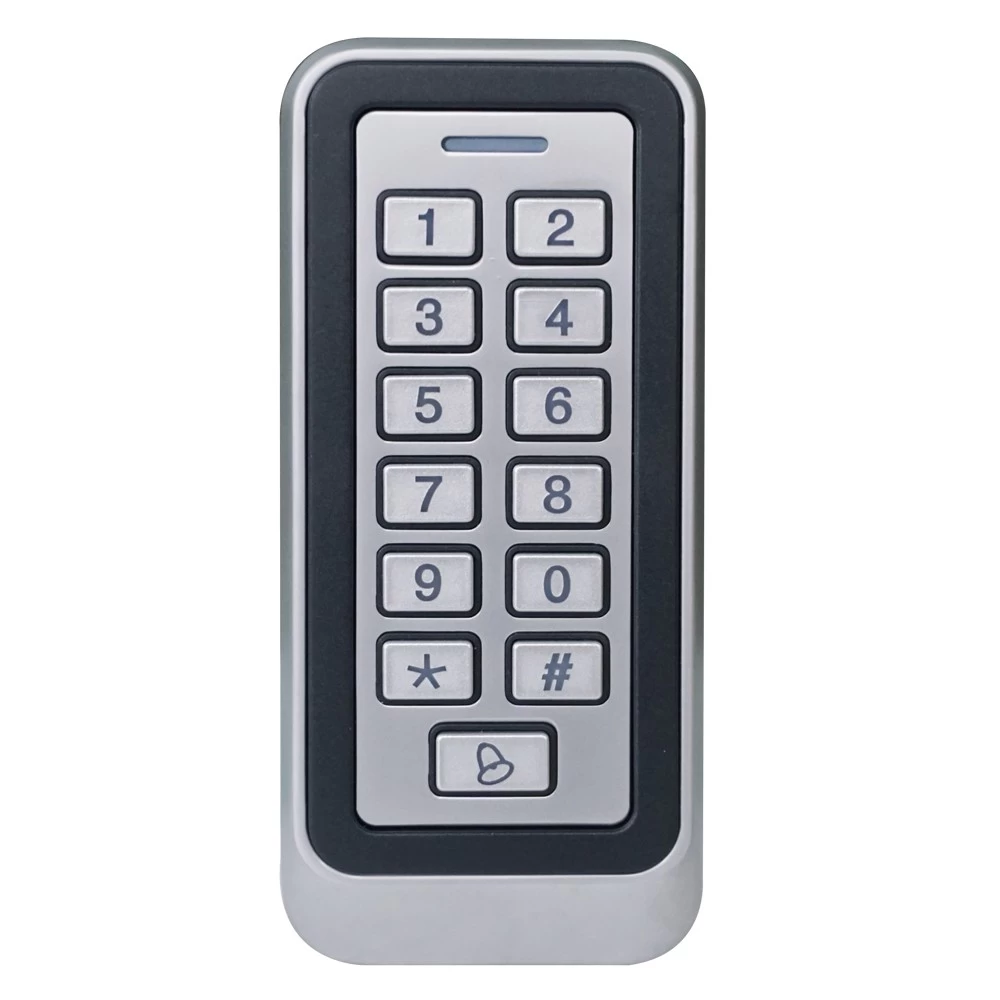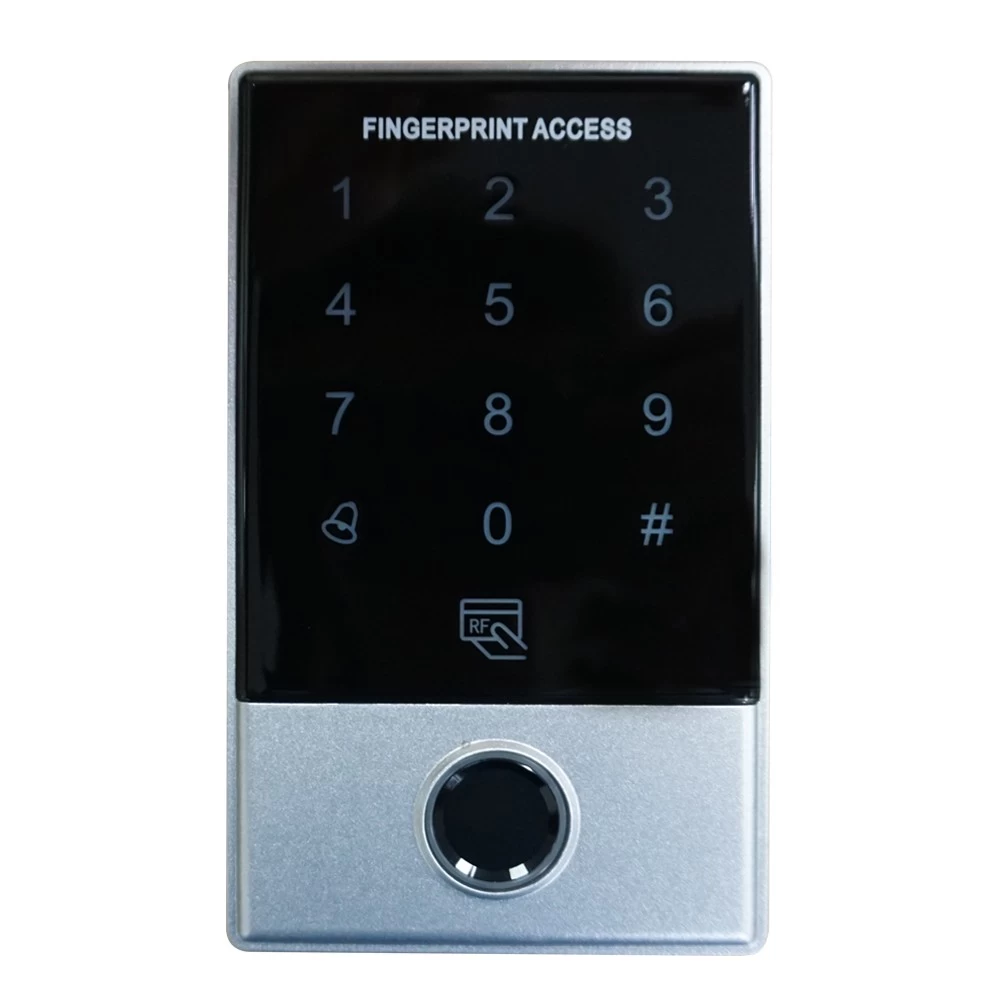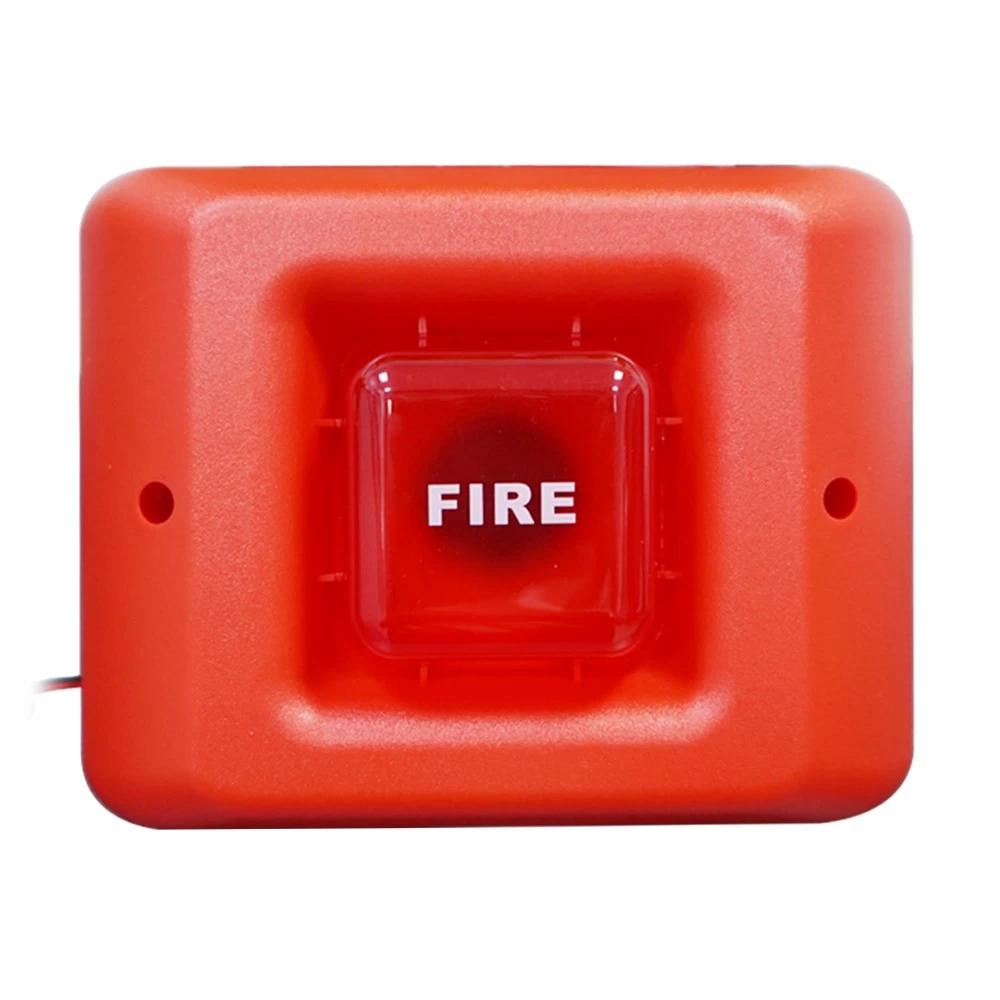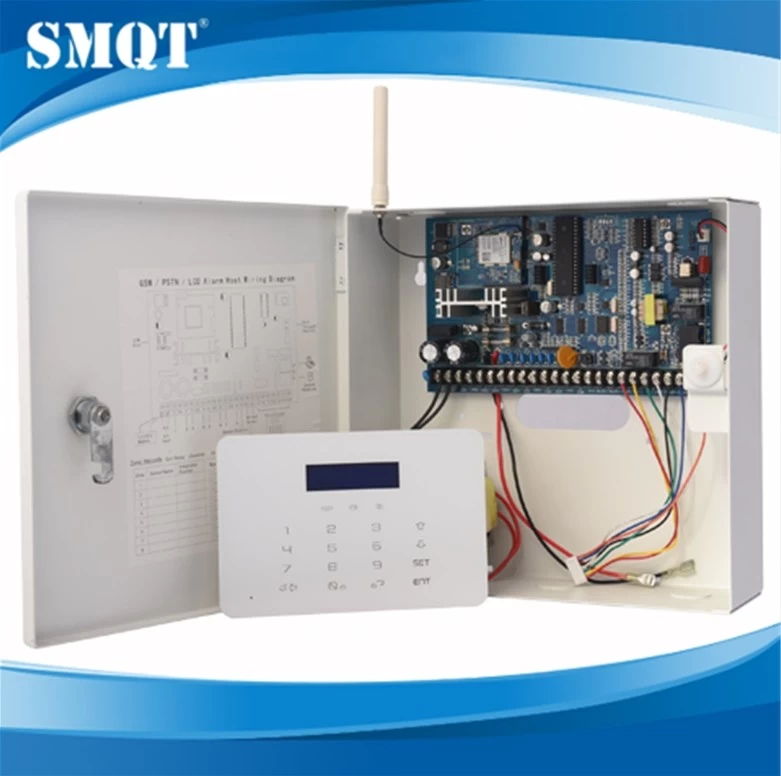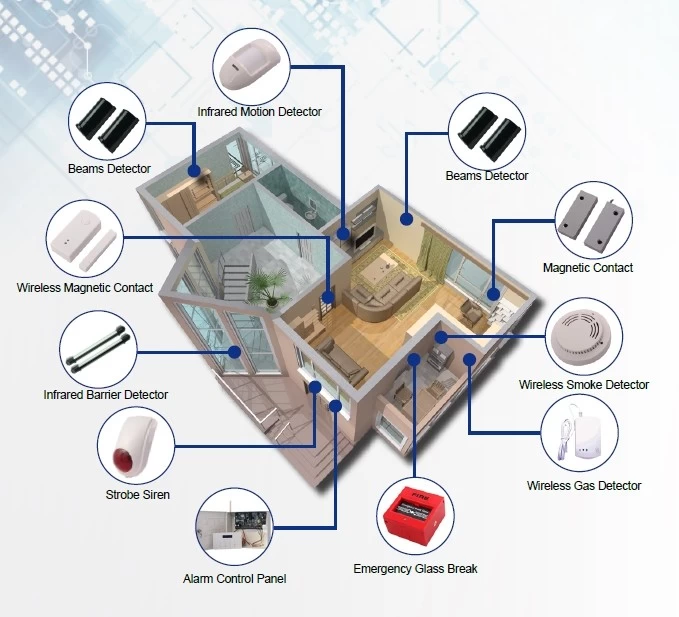What is the anti-theft alarm system (electronic anti-theft alarm system)
Snoppy Huang
CPS Encyclopedia
2016-07-20 15:06:53
What is the anti-theft alarm system (electronic anti-theft alarm system)
1, anti-theft alarm system (electronic anti-theft alarm system)
Anti-theft system is in place unattended by electronic detection technology to determine the illegal intrusion, then automatically alert at the scene, and at the same time automatically communicated to deal specifically with alarm alarm alarm center. A complete system consists of two major regional anti-theft alarm system and alarm client centers. Client alarm system includes an input (detectors), a control (alarm control / communications host), output (alarm flashing lights / telephone network) three parts; alarm center terminal is designed to receive local police handle the situation, the general use of the public telephone network an alarm signal, including digital alarm and police intelligence machine management software.
2, wired burglar alarm system
Refers to the use between detector and alarm host is the way cable transmission. At the same time the alarm on a host and the alarm center also uses a cable transmission. Suitable for field duty and alert alarm center is not too far away from a host of situations. General should consider installing lines previously laid in housing construction design.
Dedicated transport use a wired alarm system: detectors, alarm host, laying between the central station on a dedicated transmission line to complete the transfer of all information.
Using the public telephone network to transmit the alarm system: between the probe, the control panel or the general lay-dedicated transmission lines, but the transmission line on a control panel with alarm centers is to use the existing public telephone communications network .
3, wireless burglar alarm system
It refers to the use between detector and alarm host wireless communication way communication signals, namely by means of space electromagnetic waves to transmit electrical signals. If you need to send an alarm signal alarm host up an alarm center, you can also use the same kind of transmission. Wireless alarm system is particularly suited for monitoring points more to prevent the distribution site and more dispersed, distant or inconvenient place to erect the transmission line use.
Wireless alarm receiver and transmitter wireless alarm common technical indicators
① wireless communications that modulation and demodulation way.
② alarm frequency, ie the operating frequency (MHz).
③ frequency accuracy (± xxKHz): Operating frequency deviation from a predetermined level operating frequency.
④ frequency stability (± xxPPM): work, ability to maintain the same frequency of the oscillator.
The main technical indicators wireless alarm receiver
① sensitivity (microvolts - V?): The receiver can trigger the issue minimum input voltage signal alarm signal.
② control the distance (m meters or kilometers km): Maximum wireless transmission under normal operation, the distance between transmitter and receiver.
③ Maximum capacity: wireless alarm system can access to the wireless alarm transmitter or the maximum number of large ones.
④ types of alarm types can be displayed.
Wireless alarm transmitters major technical indicators
① Alarm: contact open or contact closure alarm.
② transmit power (W -W).
③ detector input interface and the number of requirements: the detector can be accessed by the number and type of connected detector (such as infrared, microwave, smoke, etc.).
④ quiescent current alert, that is in a non-alarm operating current (mA).
⑤ emission current, that is when the alarm operating current (mA).
⑥ transmitter may provide power to the detector.
4, the basic concepts
Detector: automatically detects all kinds of anomalies by electronic means, and the signal obtained (typically switching signal) sent to the alarm host processing device. The passive infrared sensor, door switches, emergency buttons.
Control Panel: often called alarm control / communications host. In the alarm system, the processing of the detector signal, and using the keyboard and other means provided to control the operating system arming and disarming, the alarm can provide audible or visual prompts, but also can be transferred to the central police intelligence (through the telephone line).
Zone: Each zone refers to an anti-theft system can identify the position (a minimum unit identified separately). Each security system includes a plurality of detectors, these detectors connected to form zones in the security system. Each zone should be set as a zone type to make a specific response to the operation of the detector.
Wired extension (Wired): namely a host plus zone expansion board, the board access from a conventional four-wire probe (ie switching signal output probe), so as to achieve the purpose of increasing the zone. The extension method simply increase the number of zones, the system will not add functionality.
Wireless Expansion (Wireless): host plus a wireless receiver, supporting the use of radio probes. Expand the use of that method can achieve simple to install, does not destroy the original purpose of the building, you can also use the wireless button to reach remote control switch, remote arm and disarm function.
Expansion bus (Polling Loop): The host can directly access the two-wire bus system probe (addressing signal output, power supply and signal common core line), and all bus system using probes connected in parallel; and can use the "bus expander" encoders, access conventional four-wire probe. This kind of access line extension method makes more concise, especially for the large number of system zones and more long-distance transmission signal.
Zone Type: various detectors installed at different locations, according to their different detection principle can play a protective role. According to the user's actual situation, can be divided into various types of protection for the user to construct a reliable protection, these type of protection is set zone types in the system.
Out of the zone: the end of the exit delay effect after arming, during exit delay, no alarm is triggered after a detector. When the zone is triggered, there is the entry delay, before the end of the entry delay must disarm the system, otherwise it will alarm. The controller will beep (as a cue to disarm the system) in the entry delay time. For the main entrance (such as the main entrance, the main entrance).
Perimeter zones: After arming effective without delay. After an alarm is triggered immediately. For the surrounding places (such as external doors or walls).
Internal Zone (follow): AWAY valid, STAY invalid. If access to the zone without first triggered, the alarm immediately after the zone is activated; otherwise, after the end of the delay to the police. Using the premise that zone is the zone must differ, otherwise the internal zone type having a delay. For out of the zone triggered first need to enter the delay (as in the hall, the hall).
Internal zone (delay): The effective AWAY, STAY invalid. Regardless of whether access to the zone is triggered first, after the zone to be triggered only after the end of the delay alarm. For protecting indoor spaces.
Day and night zone: 24 hours in a state of alert. In the disarmed state (day), the keypad will sound the zone triggered rapid beeps and displays the zone number and check the display (if required to report to the central station), but no alarm; in the armed state (at night), the trigger zone It will issue a warning, control the keyboard and the external siren alerts, communications equipment will report alarm. It does not provide a time delay. Containing thin foil used to protect doors, windows (such as shops), or "sensitive" areas, such as commodity libraries, warehouses and other drugs, or any other need to pay close attention to the entry into the control zone.
24-Hour Zones (silent): Whether or not armed, this zone are in the effective protection of the state, immediately after the alarm is triggered, but will not display zone number, it will not sound the alarm. For emergency button (such as banks, jewelry counters, desks). These alarms are only valid password hold people could clear.
24-Hour Zones (sound): Whether or not armed, this zone are in the effective protection of state, after the trigger trigger external alarm alert, alarm and display the keyboard. For emergency button (such as bedside emergency alarm). These alarms are only valid password hold people could clear.
24-Hour Zones (Auxiliary): whether armed or not, there is provided only after the trigger audible alarm and display the keyboard, and the outer siren does not sound. Emergency button (emergency medical alarm) used for personal emergencies or various types of emergencies (such as water sensors, temperature sensors).
Fire zone: Issue trigger alarm signals, keyboard and display zone number and trigger external alarm issue a special warning sound, report to the central station. The zone is also effective in disarming, without delay provided. For 24 hours fortified areas equipped with smoke detectors, heat detectors or emergency button.
Exit Delay: refers to is armed or internal access zones to provide a time delay (this delay can be programmed for 10-255 seconds), allowing the operator to leave the alarm area, trigger or internal access zones within that time will not cause an alarm .
Entry Delay: is when entering the area is armed, or to access internal zones provide a time delay (this delay can be programmed for 10-255 seconds), allowing the operator to disarm the system. Trigger or internal access zones within that time will not cause an alarm.
Arm : refers to the operator instruction (password input from the keyboard), the detector so that the system has started working (commonly known as "Power"), and enter the normal state of alert. In this case, the system detected the intrusion detector to alarm.
AWAY arm: it refers to the operations needed to arm all zones carried out. In this case all zones are valid, provided the delay.
STAY arm: refers only to the operation to arm the perimeter zones carried out, when arming the system automatically bypass interior zones, provides a delay.
Quick Arming: Arming the system when the automatic bypass interior zones, only the exit delay, but no entry delay.
Full anti-arming: Arms the entire system when all zones are valid only exit delay, but no entry delay.
Disarm: refers to the operator instruction (to enter the password from the keyboard), the detector so that the system can not enter the normal working state alert, or exit from the state of alert, the detector is invalid (commonly known as "off"). In this case, the system being detected by the action without reaction (24 hours except type zone).
Bypass: refers to the operator after the instruction is executed, the specified zone detectors will fail from the entire population of the detector, and can not enter the work state. A zone is excluded from the system, bypass the problem zone, the other zones can be properly armed. Bypass interior zones allows allow people to move freely within the protected area, and the peripheral zone is protected. Note: Bypassed zones are not protected
Alarm Center (Central Station): alarm, alarm host to send a report via telephone line Alarming units. After receiving the alarm center will take corresponding measures to deal with the police, to deal specifically with the local police intelligence. Over telephone lines or other media (such as a digital alarm machine), users automatically receive alarm host alarm signal sent by the computer and alarm management software management, user profiles, processing by hand. Usually installed in the police station, the Public Security Bureau, the Ministry of Security and other places have a security force.
Alarm: When the system is armed, a zone detectors trigger an alarm that is triggered (except fire or 24-hour zones).
Alarm memory: alarm status is stored in the control panel memory until cleared.
Failure: the system is disarmed, a zone detector is triggered or a fault is not normal.
Level "A": original equipment provided a transmitter or monitoring system. (Eg, detection equipment and wiring).
Password: for arming and disarming, or other special features that require a combination of digital, password must be four.
5, Anti-theft system function
Can simultaneously access multiple probes, each probe position can be clearly report.
It can be set to four different arming modes: left behind, go out, fast (instant), all defense.
You can use the keyboard.
If necessary, bypass certain probe does not affect the system work.
Can be set to ring mode, monitor doors and windows switch situation.
You can use the key lock switch setting work, eliminating the trouble remember passwords.
The alarm type can occur quickly and accurately report the location, convenience alarm processing center.
Some hosts can use the wireless probe, flexible installation appearance.
Using a wireless remote control system is available to the host keyboard, but also remote control home electrical switches.
Some hosts have a timing control function, timing system arm, disarm, but also to control the timing of electrical switches.
Some host can record a variety of situations occurred in the past, such as alarms, arm, disarm, and so on down.
6, the commonly used type of detector
A, or by use of different places use to divide
It can be divided into: indoor type, outdoor type, perimeter, focusing on physical security detectors.
B, according to a different principle of detection sensors or applications to different points
It can be divided into: radar microwaves, wall, active infrared, passive infrared, switches, ultrasonic, sound, vibration (shock) move, broken glass, electric field sensing, capacitive change, video, microwave - passive infrared dual technology ultrasonic - passive infrared dual technology detectors.
C, according to the alert zone to points
It can be divided into: control point type, line control type, control surface type, space control detectors.
Point control detectors alert zone is a point, line control detectors alert zone is a line, the alert zone of control type detector surface is a surface, space control detectors alert zone is a space.
D, according to work to points
It can be divided into active and passive detectors.
Active detector during his term as the defense would like to alert the site was issued with some form of energy, such as infrared, ultrasonic, microwave energy.
Passive detectors during his guard itself does not need to issue any form of energy to the defense of the site, but some form of energy from the direct detection probe target itself is issued, such as infrared, vibration energy.
E, according to the switching signal output from different points
It can be divided into normally open, normally closed, normally open / normally closed detectors
Normally open type (NO) detector: Under normal conditions, the switch is open, the EOL (end of line resistor) resistor in parallel therewith. When the detector is triggered, the switch is closed, loop resistance is zero, the zone alarm.
Normally closed (NC) Detector: Under normal conditions, the switch is closed, the EOL (end of line resistor) in series with the resistor. When the detector is triggered, the switch is turned off, loop resistance is infinite, the zone alarm.
Normally open / normally closed detectors: with normally open and normally closed two output modes.
F, according to each zone detector and alarm controller is connected in different ways to divide
It can be divided into four-wire, two-wire, wireless system three.
Four-wire system: refers to the four terminals (two connected alarm switch signal output, two inputs connected to a supply line) on the detector. Generally require conventional power detectors, such as infrared detectors, dual-technology detectors, glass break detectors are measured using the four-wire system.
Two-wire: refers to the two terminals, the detectors can be divided into three cases.
① detector itself does not require power supply (alarm switch signal line). Such as emergency button, magnetic switches, vibration switches.
② detector requires power (alarm switch input signal lines and power lines are shared). Such as fire detectors.
③ two-bus system, the bus system requires the use of detectors (having coding function). All zones are a common two-wire line, alarm switch signal line and the power supply input lines of each zone is common (particularly suitable for the number of zones and more). In addition, the increase in bus expander can access the four-wire detectors.
Wireless System: wireless detector is composed of two parts, a combination of the detector and the transmitter together, it needs to be by a wireless transmitter wireless alarm detector output electrical signal modulation (AM or FM) to a predetermined range of the carrier, to launch space, and then received by the wireless receiver, after demodulation, and then sent to the control panel.
It can be applied in all the required security, anti-theft, anti-intrusion places, such as government agencies, military units and facilities, radio and television communication systems, industrial and mining enterprises, research institutes, financial and monetary systems, commercial systems, as well as cultural relics protection units ...... residents area, home users, etc..


